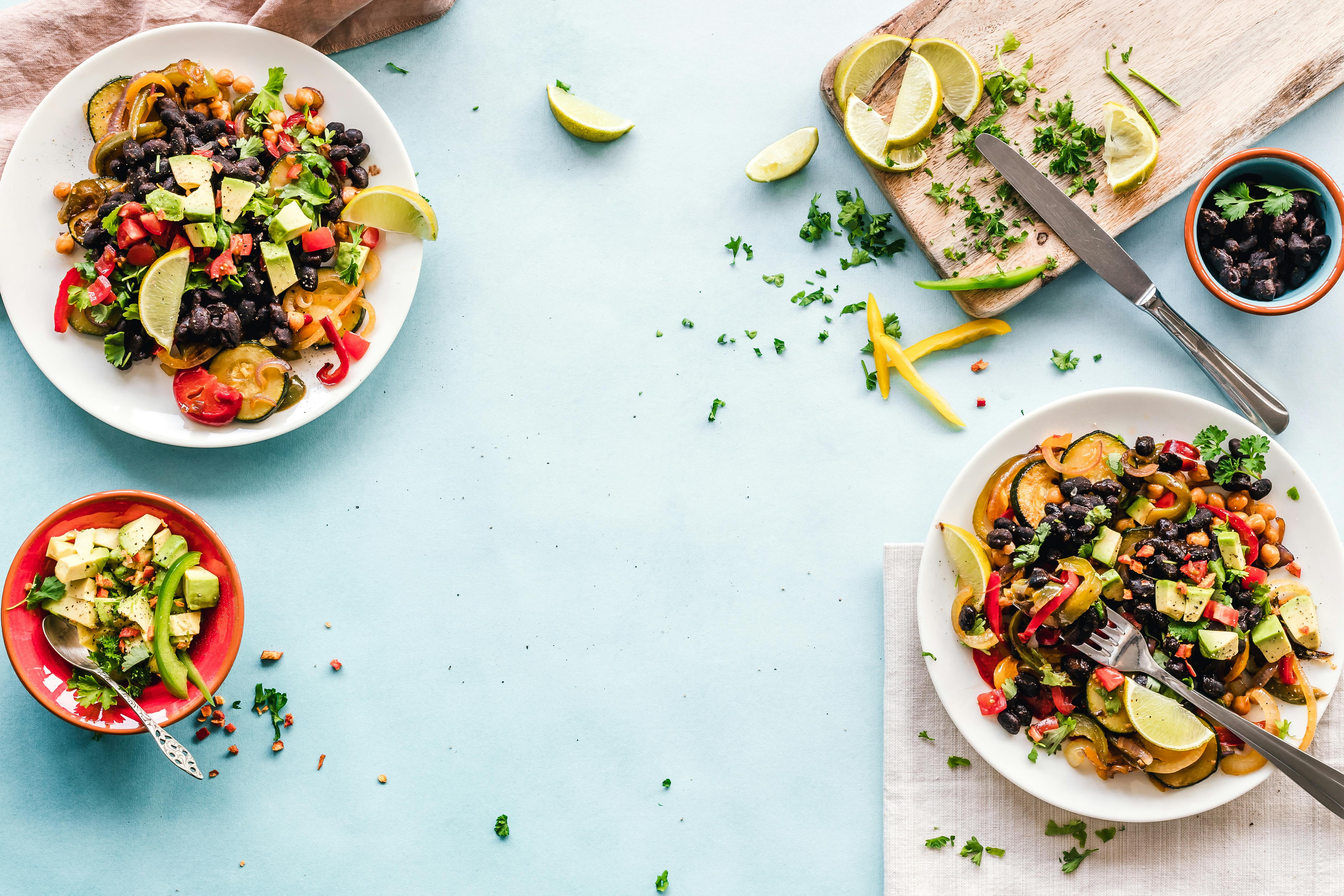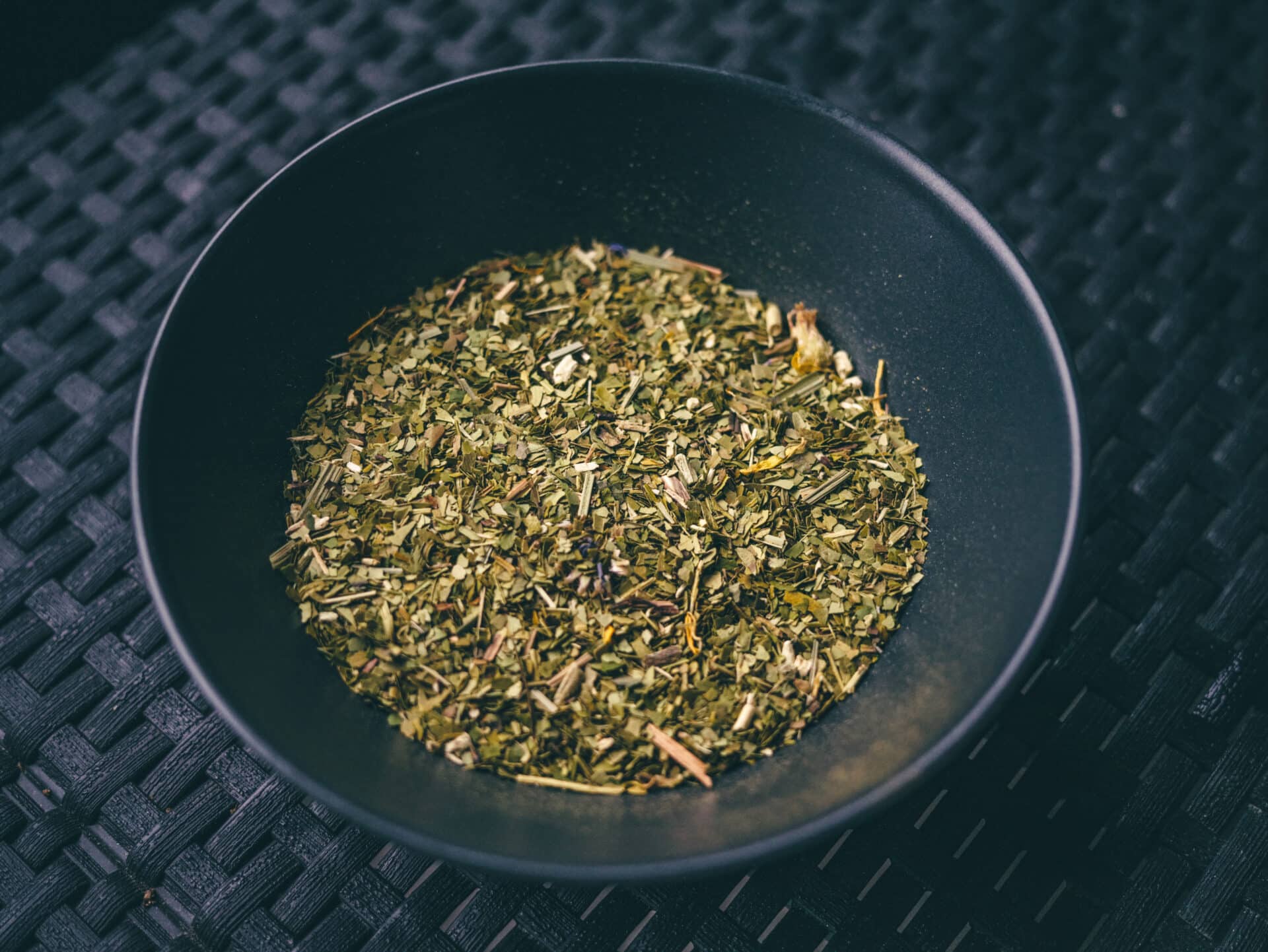Distilling herbs is an age-old process that has been used for centuries to extract essential oils and other compounds from plants. It is a relatively simple process that involves boiling the herbs in water and then collecting the vaporized oils. Distillation can be used to make essential oils, tinctures, and even herbal tea blends. By following a few simple steps, you can easily distill your own herbs at home. In this guide, we will go over the basics of how to distill herbs and provide some tips on getting the best results.Harvesting herbs for distillation is a straightforward process that requires a few simple steps. First, gather only the freshest, most viable herbs. This means that they should be free of blemishes or rot and should be harvested at peak freshness. Next, remove any excess dirt or debris from the herbs before harvesting. If possible, cut or pick the herbs during the morning when their essential oils are at their strongest. Once you have harvested your herbs, you’ll need to prepare them for distillation by drying them either in an oven or a dehydrator. Then, place the dried herbs into a distilling vessel and add water to cover them completely. Now you’re ready to begin distilling!
Tools and Equipment Needed for Distilling Herbs
Distilling herbs is a process that requires specialized tools and equipment. The most important piece of equipment is a distillation apparatus, which is used to separate the essential oils from the plant material. This apparatus consists of a boiler, condenser, collection vessel, and tubing. The boiler is used to heat the herb material to extract the essential oil vapors. The condenser is used to cool down the vapor so that it can be collected in the collection vessel. The tubing connects all of these pieces together and ensures that no vapors are lost during the distillation process.
In addition to a distillation apparatus, other tools and equipment are needed for successful distillation of herbs. These include a thermometer, hydrometer, or refractometer; laboratory glassware such as beakers and flasks; funnels; strainers; graduated cylinders; storage containers; and scales or measuring cups for measuring out herb material. A stirring rod and stirring plate are also necessary for efficient mixing of materials during the distillation process. Protective clothing such as lab coats, safety goggles, gloves, and face masks should also be worn when handling hot
Preparing the Herbs for Distillation
Distilling herbs requires a bit of preparation before you get started. The first step is to make sure you have the right equipment. You’ll need an alembic copper still, a heat source, and some other essential tools. Once you have your equipment ready it’s time to prepare the herbs for distillation.
The herbs should be fresh and free of any dirt, debris, or contamination. If you’re using dried herbs, make sure they are stored in airtight containers in a cool, dark place. You’ll also need to make sure that whatever container you use to hold the herbs is made of glass or ceramic so it won’t react with any of the compounds in the plants.
Once your herbs are prepped, it’s time to grind them up into smaller pieces so they will fit into the still and extract more efficiently during distillation. This can be done using a mortar and pestle or an electric grinder if desired. Be careful not to grind them too fine as this can affect the quality of your final product.
Finally, measure out the correct amount of herbs based on your recipe and add
The Process of Distilling Herbs
Distilling herbs is a process used to preserve and concentrate the essential oils in plants. It is an ancient technique that has been used for centuries to create healing remedies, perfumes, and other products. The process involves heating the plant material in a still or distiller and then collecting the resulting steam. This steam contains the essential oils and other compounds that give plants their unique scent, flavor, and medicinal properties. The condensed liquid that results from this process is known as an herbal distillate or hydrosol.
The steps for making herbal distillates include harvesting the plants, drying them, preparing them for distillation, filling the still or distiller with water and plant material, heating the distiller to create steam, collecting the condensate from the cooled steam, and finally straining out any solids from the liquid. It is important to remember that not all herbs can be distilled; some are too delicate to handle this type of processing. Additionally, it is important to use only fresh herbs as dried herbs may contain contaminants or impurities that could affect the quality of your final product.
When making herbal distillates it
Heat Sources for Distillation of Herbs
Distillation of herbs is a process used to obtain essential oils from plants. Heat is an important factor in this process, as it helps to release the aromatic molecules from the plant material. There are several different sources of heat that can be used, depending on the type of distillation being performed. The most common sources are steam distillation, dry heat distillation, and water-bath distillation.
Steam distillation is a process where hot water vapor is passed over the plant material in order to extract the essential oils. This method requires a still that can maintain a temperature between 180 and 212 degrees Fahrenheit (82 and 100 degrees Celsius). The vapor carries the aromatic molecules away from the plant material and into a condenser, where they are collected as essential oil.
Dry heat distillation involves heating the plant material directly without using any water or steam. This method often uses an oven at temperatures ranging from 200 to 300 degrees Fahrenheit (93 to 150 degrees Celsius). The heated air passes through the plant material and carries away any volatile compounds such as essential oils.
Water-

Distilling Aromatic Oils from Herbs
Distilling aromatic oils from herbs is an ancient practice that has been used in many cultures for thousands of years. The process of distillation involves boiling the plant material to extract its essential oils, which are then collected, separated, and bottled. Distilling essential oils is a great way to capture the aromatic properties of herbs and other plants without using harsh chemicals or solvents. It is also an economical and eco-friendly way to use the natural healing properties of herbs.
The process of distillation begins with selecting the right type of herbs for distillation. Different herbs have different properties and will produce different types of essential oils. Selecting the right type of herb for distillation ensures that the resulting oil has the desired aroma and healing properties. After selecting the appropriate herb, it is important to prepare it properly before beginning the distillation process. This includes grinding or chopping it into small pieces, so that more surface area is exposed when heated and more essential oils can be released during distillation.
Once the herb has been prepared, it is ready to be placed into
Using Essential Oils Safely
Essential oils are a natural, powerful way to support your health and well-being. However, it is important to remember that essential oils are highly concentrated and must be used with caution. Here are some basic safety guidelines when working with essential oils:
Know Your Oils
It is important to do your research on the various types of essential oils available and their uses. Knowing the different properties of each oil, such as whether it is stimulating or calming, can help you choose the best oil for a particular purpose. Also be sure to read the label carefully and follow the manufacturer’s instructions for use.
Dilute Essential Oils
Essential oils should always be diluted in a carrier oil before using them on skin, in baths or diffusers. Different oils require different amounts of dilution so it’s important to check your specific oil’s instructions. Avoid using undiluted essential oils directly on skin or eyes as this may cause irritation.
UseStore in a Dark, Cool Place
Storing essential oils away from light and heat is key to preserving their potency and therapeutic properties. Keep essential oils in a cool, dark place such as a cupboard or drawer. Avoid any area that gets direct sunlight or extreme temperatures such as near the oven or stove. To further protect the oils, store them in dark-colored glass bottles, as clear glass bottles can allow light to degrade the oil.
Refrigerate Certain Oils
Certain essential oils, such as citrus oils, are prone to rapid oxidation and should be refrigerated after opening. Refrigeration is also recommended for those that have been opened for more than one year. Make sure the container is tightly sealed so that no moisture can get in and spoil the oil.
Create an Inventory
It’s important to keep track of your essential oil collection so you know what you have on hand and when each was purchased. Creating an inventory of your oils can be done simply with pen and paper or with an online spreadsheet. For each essential oil

Conclusion
Making your own herbal tinctures can be an enjoyable and rewarding experience. With the right ingredients and supplies, you can create herbal tinctures that are both potent and effective for specific health benefits. The process of distilling herbs to make your own tincture is relatively simple, requiring only a few supplies and some time. It is important to understand the various steps in order to produce a quality finished product.
Once you have familiarized yourself with the process, you will be able to easily create herbal tinctures with any herb or combination of herbs that you choose. By distilling herbs, you can take advantage of the powerful healing properties of plants in a concentrated form that is easy to take and store for long periods of time.
Making herbal tinctures can be an enjoyable hobby or part of an overall wellness plan. No matter what your reasons for distilling herbs, it is important to follow proper safety guidelines as well as use good quality ingredients in order to maximize the benefits of your herbal remedies.

